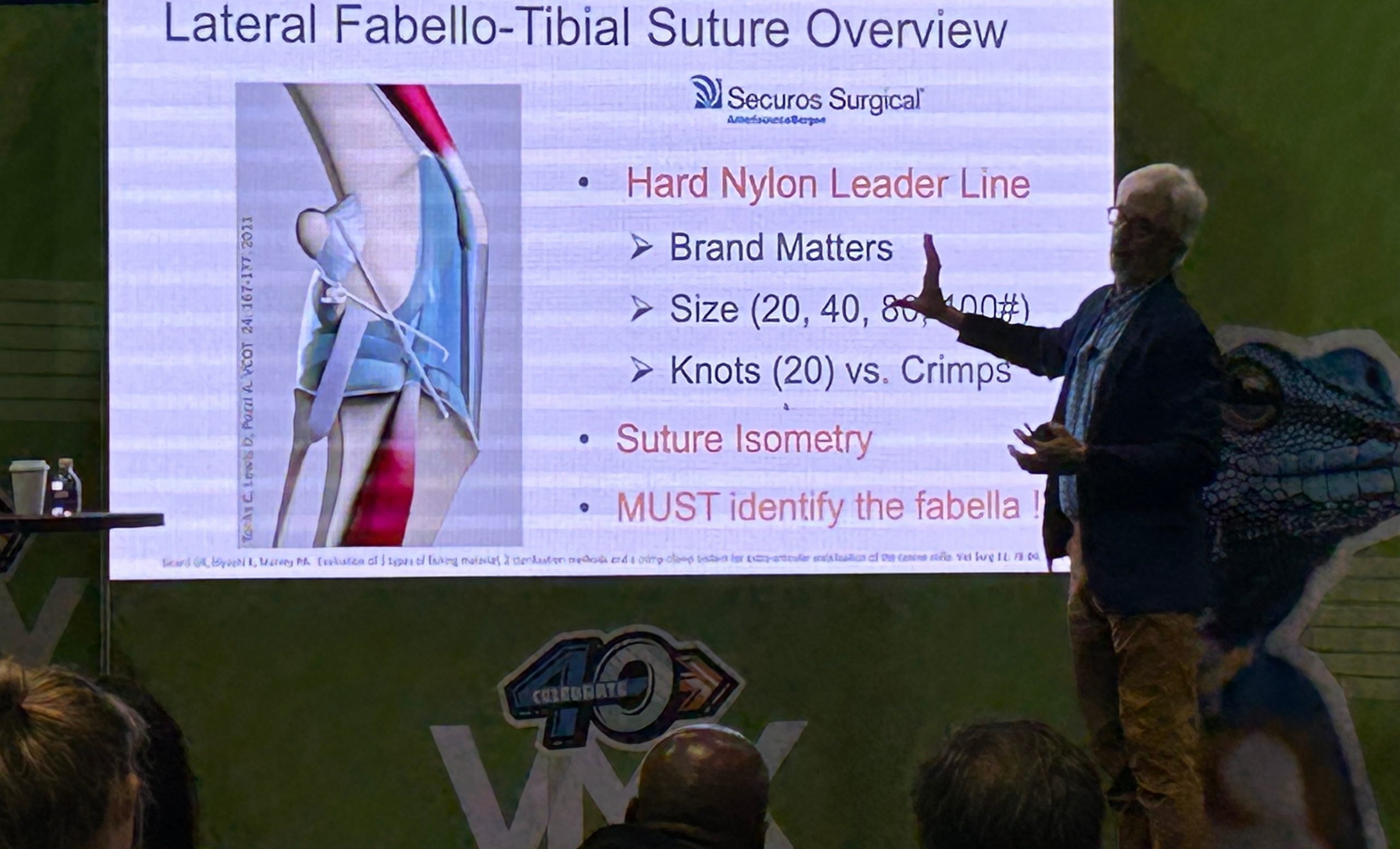
In recent years, veterinary medicine has undergone remarkable transformations, particularly in small animal surgery. With pets increasingly cherished family members, the demand for advanced surgical procedures has risen dramatically. This surge has driven veterinarians to adopt cutting-edge techniques and technologies, resulting in improved outcomes and faster animal recovery times. These advancements signal a new era of veterinary medicine, where pets receive care that rivals human patients.
Minimally Invasive Surgery: Reducing Pain and Recovery Time
One of the most significant advancements in small animal surgery is the rise of minimally invasive procedures. These techniques, which include laparoscopic and arthroscopic surgeries, allow veterinarians to perform complex operations through small incisions. As a result, animals experience less pain, reduced scarring, and shorter recovery times compared to traditional open surgeries. These methods improve outcomes and provide pet owners peace of mind, knowing their companions undergo less traumatic procedures.
Furthermore, high-definition cameras and specialized instruments have allowed veterinarians to navigate even the most delicate areas of an animal’s body. With better visualization and precision, surgeons can perform more accurate procedures, which minimizes the risk of complications. As more clinics embrace minimally invasive surgery, the standard of care for small animals continues to improve, ensuring pets recover quickly and return to their normal lives with minimal discomfort.
Advancements in Anesthesia and Pain Management
In addition to surgical techniques, advancements in anesthesia and pain management have revolutionized small-animal surgery. In the past, anesthesia posed significant risks, particularly for older or fragile animals. Today, veterinarians utilize advanced anesthetic protocols tailored to each patient’s needs, reducing the likelihood of adverse reactions. Moreover, continuous monitoring systems allow veterinary staff to keep a close eye on vital signs throughout the procedure, further enhancing the safety of surgical interventions.
Pain management has also seen considerable progress. Veterinarians now use a multimodal approach to control pain, combining medications that target different aspects of the pain pathway. This strategy not only provides more effective pain relief but also reduces the need for high doses of individual drugs, lowering the risk of side effects. These innovations allow animals to undergo surgery with minimal pain, leading to a smoother recovery process and better overall outcomes.
3D Printing and Customized Implants
The introduction of 3D printing in veterinary medicine has opened up new possibilities for small animal surgery. This technology allows veterinarians to create customized implants and surgical guides that perfectly fit an ananimal’snatomy. In cases involving bone fractures or joint replacements, 3D-printed implants can be designed to provide better support and functionality than traditional off-the-shelf options. As a result, animals experience faster recoveries and regain mobility more quickly.
Additionally, 3D printing enables veterinarians to plan complex surgeries with greater accuracy. By printing models of the affected area, surgeons can practice the procedure beforehand, reducing the likelihood of complications during the actual operation. This level of precision improves outcomes, particularly in cases where animals require orthopedic or reconstructive surgery. As 3D printing technology advances, it will undoubtedly play a larger role in the future of veterinary surgery, offering pets more personalized and effective treatments.
The Role of Robotics in Small Animal Surgery
Robotics is yet another innovative technology that is making waves in small animal surgery. Robotic-assisted surgery allows veterinarians to perform procedures with unparalleled precision and control. The robotic systems are equipped with arms that make movements far more delicate and accurate than a human hand, making it ideal for surgeries in tight or sensitive body areas. Although robotics in veterinary medicine is still in its early stages, it has shown great promise for improving surgical outcomes.
Moreover, robotic surgery can reduce the fatigue that surgeons experience during long or complicated procedures, leading to better focus and decision-making throughout the operation. This enhanced precision results in less tissue damage and faster animal healing times. As robotic systems become more affordable and accessible to veterinary clinics, we can expect this technology to play a pivotal role in the future of small animal surgery.
Stem Cell Therapy: Aiding Recovery Post-Surgery
While surgical techniques continue to advance, stem cell therapy has emerged as a powerful tool for aiding recovery after surgery. Stem cells uniquely regenerate damaged tissues, which is particularly useful in orthopedic surgeries and wound healing. Veterinarians can harvest stem cells from the ananimal’sody and inject them into the injured area, promoting faster recovery and reducing inflammation. This approach speeds up healing and improves the overall quality of life for animals undergoing surgery.
Stem cell therapy is especially beneficial for pets suffering from degenerative conditions, such as arthritis or hip dysplasia, which may require surgical intervention. By incorporating stem cell treatments into post-surgical care, veterinarians can offer animals a more comprehensive recovery plan that addresses the immediate surgical site and long-term joint health. As research in this field progresses, stem cell therapy will likely become a standard component of post-operative care in veterinary medicine.
The Future of Small Animal Surgery
The advancements in small animal surgery mark a significant leap forward in veterinary medicine. From minimally invasive techniques to integrating 3D printing, robotics, and stem cell therapy, these innovations improve the quality of care pets receive. As technology evolves, veterinarians will have even more tools to provide safer, more effective animal treatments.
These advancements reflect the growing recognition of pets as important family members. With the continued progress in veterinary surgery, pets will enjoy longer, healthier lives, and owners can rest assured knowing that their companions are receiving the best care. The future of small animal surgery is undoubtedly bright, promising even more breakthroughs that will further enhance the well-being of pets everywhere.